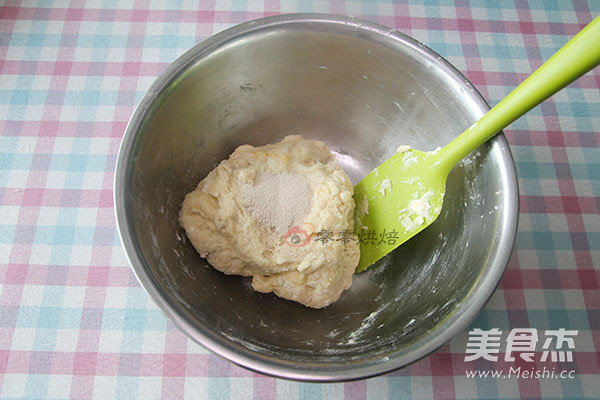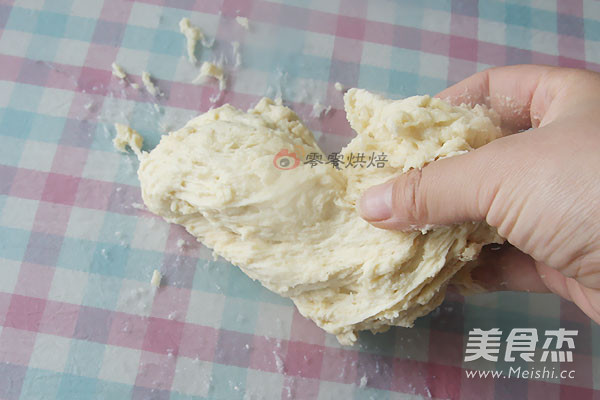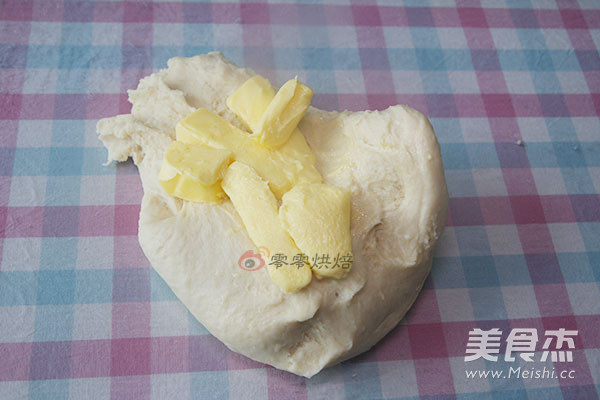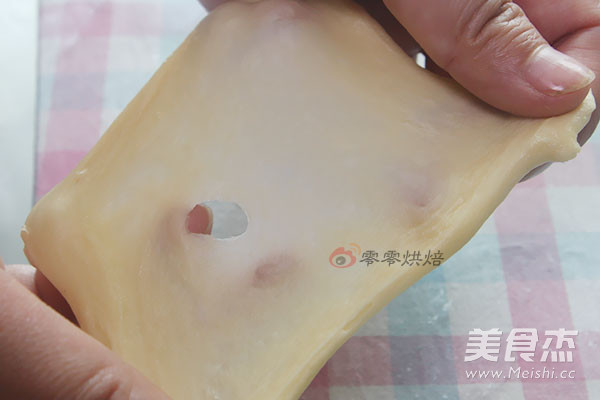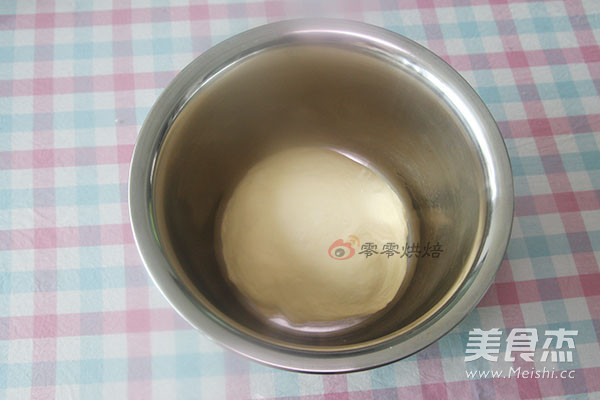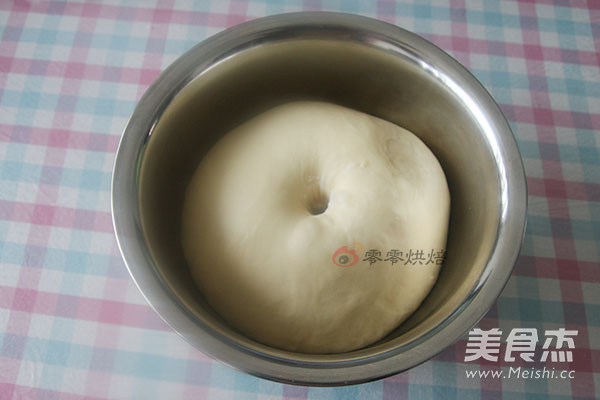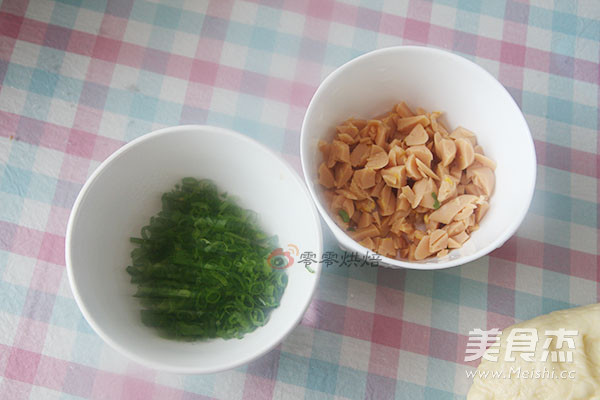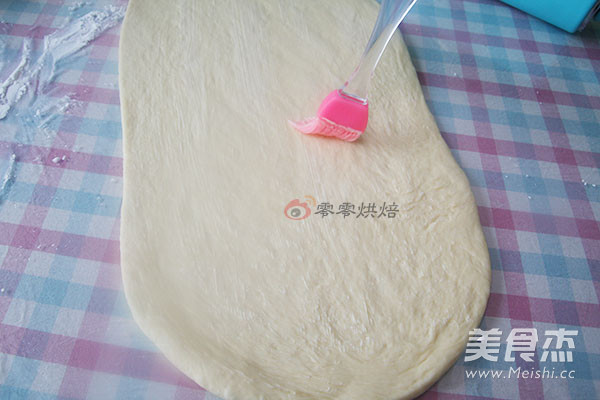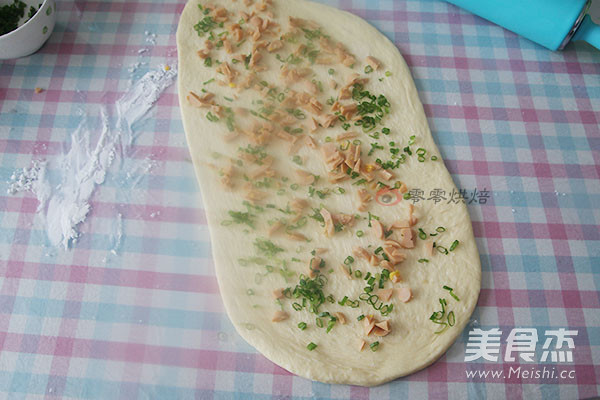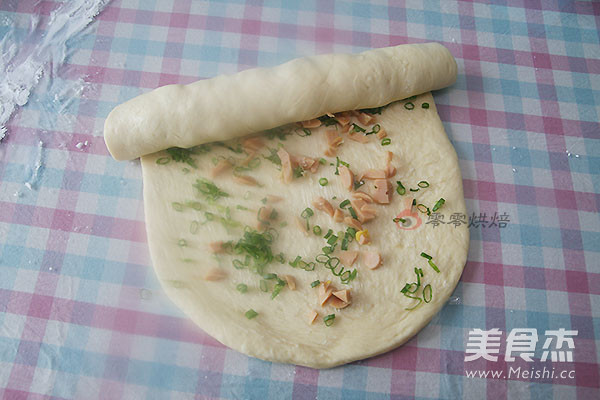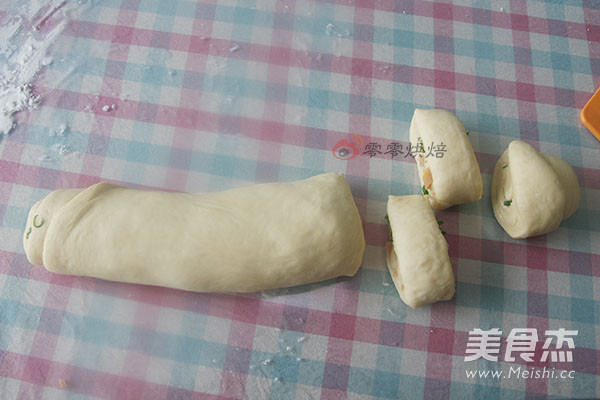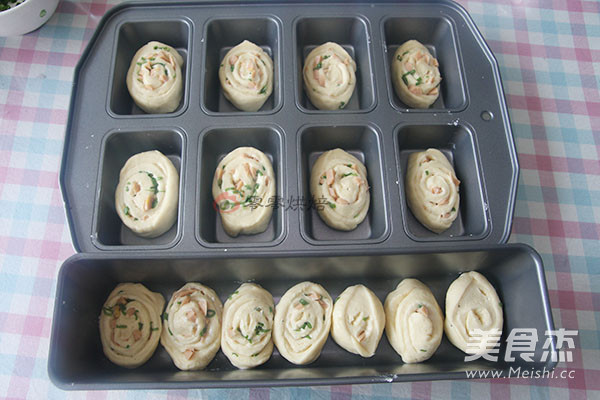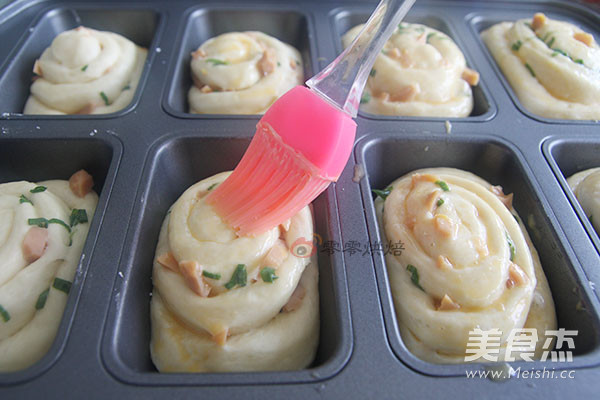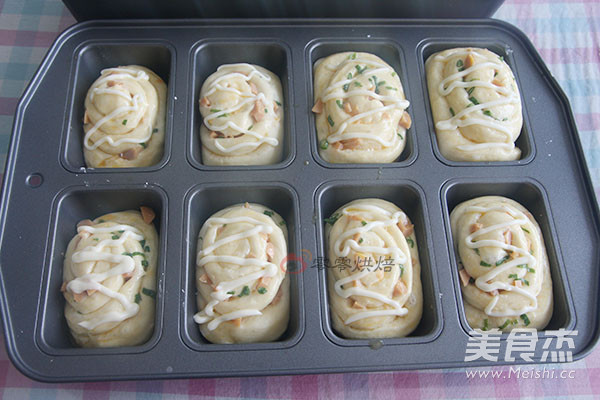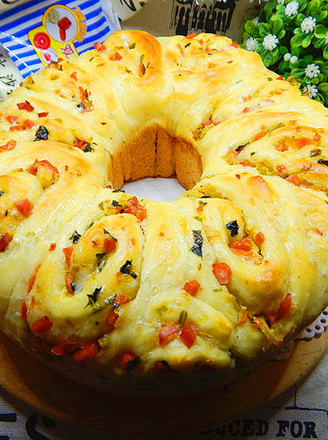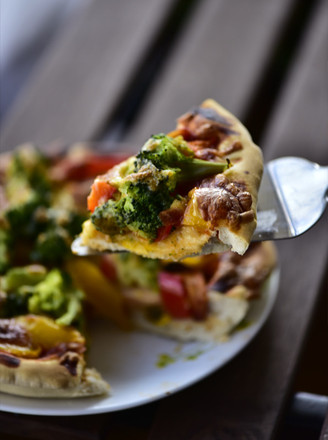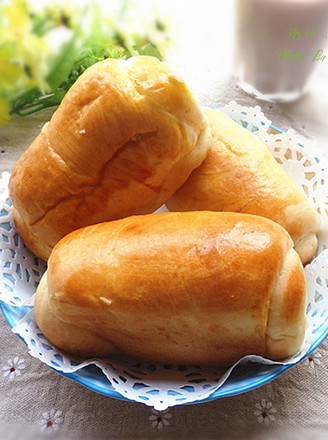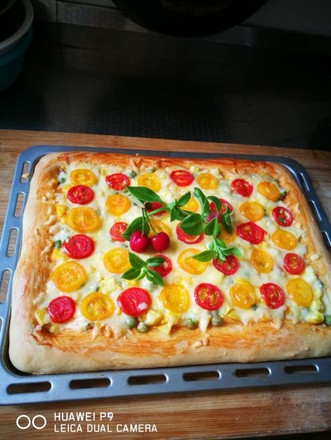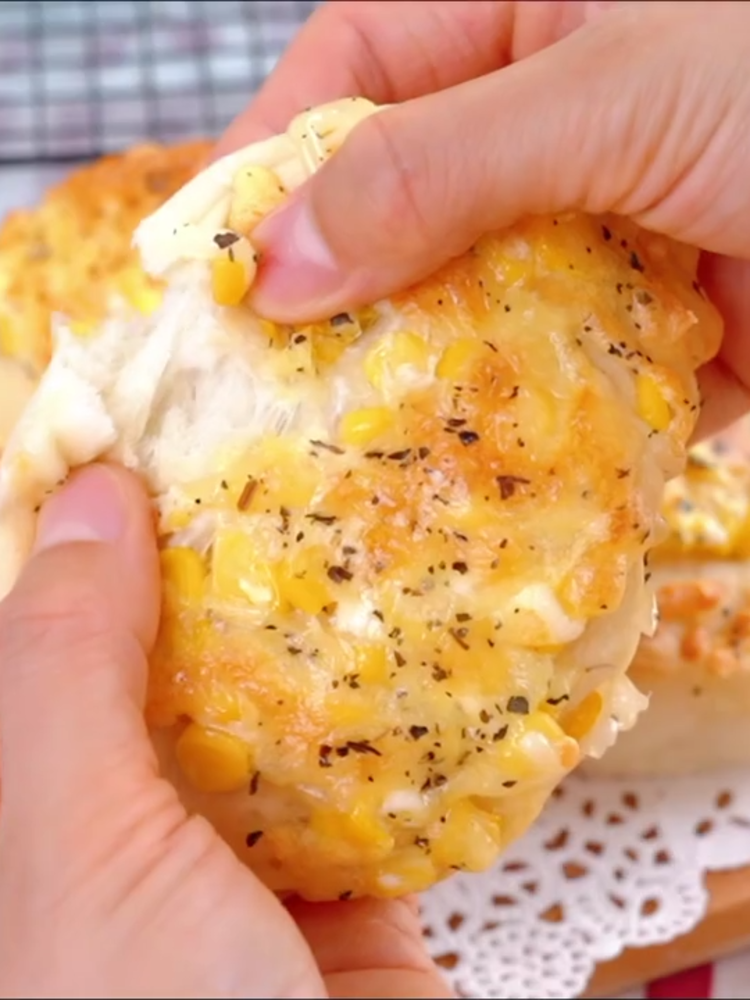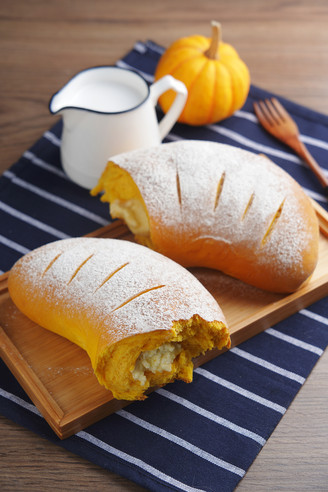Scallion Ham Sausage Rolls
1.
Among the materials, the main material is the material for making bread dough, and the auxiliary material is the material for making patterns. First make the bread dough. After removing the butter and yeast, the bread dough materials are fully weighed and put in a basin. Cut the butter into small pieces and soften at room temperature for later use.
2.
Use a spatula to mix the flour into a dough. Be sure to use a spatula. The bread dough is very wet and will be sticky and sticky by hand. After mixing into a dough, add yeast and continue mixing until the yeast is mixed in the dough.
3.
Then lift the dough onto the countertop, grab one end of the dough, and beat it. At first, the dough is not very elastic. If you drop it once or twice, fold the head and tail in half and continue to fall. Don’t knead it with your hands.
4.
The dough fell smooth
5.
Add the butter, you can knead at this time, knead until the butter is completely absorbed, and then continue to beat the dough. The more you fall, the better the elasticity of the dough. You can fall several times and then fold again.
6.
The dough is also smoother as it falls. Take out a thinner film, and the broken holes are smooth and round.
7.
Then take a clean basin, put a few drops of olive oil on the bottom and around, then round the dough and put it in, cover it with plastic wrap for basic fermentation
8.
Fermented to twice the size, dip a little powder in your hand and don’t immediately retract, indicating that the fermentation is complete
9.
Now let’s make the shape. Dice the ham and chop the chopped green onion.
10.
Take out the dough and roll it out into a rectangular piece, and then brush a layer of salad dressing (you can sprinkle a little cornstarch to prevent stickiness when rolling, just pat it with your hands, don’t sprinkle too much)
11.
Sprinkle with chopped green onion and diced ham. The chopped green onion is as much as you like. The ham is the amount of two small hams
12.
Then roll it up from one end like this
13.
With the interface facing down, cut into uniform size with a scraper
14.
Then put the cut face down and put it into the mould. You can cut it according to your own mould size. Don’t fill it all up, just put it halfway through the mould, and then put it in the oven to ferment for the second fermentation. It is also possible to leave it in a warm place. If you leave it to ferment, it is best to cover it, otherwise the skin will be too dry
15.
When it is twice as big, take it out and brush it with a layer of whole egg liquid
16.
Then put the salad dressing in the piping bag, cut a small opening at the mouth of the bag, squeeze it on top, put it into the middle of the preheated oven, heat up to 200 degrees, lower the heat to 180 degrees and bake for 13 minutes, and take it out after the surface is colored (generally I turned on the oven to start preheating when I was brushing the whole egg liquid, so that I can put it directly in without waiting)



